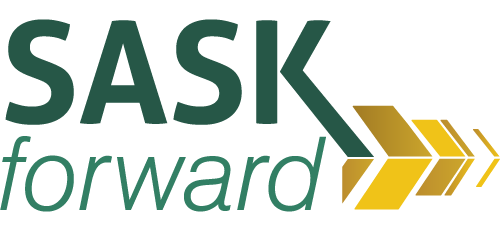Family Physician Dr. Sally Mahood suggests how evidence-based policy-making can improve the fairness and equity of our public health system in Saskatchewan.
Social Determinants of Health
- Canada is one of the top four per capita healthcare spenders among 17 peer nations but among the bottom four for key measures of health status
- The top 1% of income earners (this includes physicians) own 43% of all financial wealth and the bottom 50% own less than 1%
- In 2014 Canada spent 11% of GDP on healthcare (up from 7% in 1970’s) and health budgets average about 40% of government expenditures.( This is a combination of increased spending but also decreased revenue generation/tax cuts)
- Dollars are skewed heavily towards acute or illness care (29.5% to hospitals, 15.7% to drugs, and 15.5% to physician services)
- 50% of health outcomes can be attributed to social determinants of health (15% due to biology, 25% to healthcare access), and the top social determinants are income, food security, and housing
- In Saskatoon the poorest neighborhoods have 13 times higher incidence of Diabetes, 16 times higher suicide rates and 4 times higher infant mortality (and a similar income gradient exists for most health indices)
- 50% of $200 billion spent on healthcare annually is associated with the 20% of Canadians with the lowest income
- Higher income bracket Canadians live on average 20 years longer than lowest income bracket Canadians
- Household food insecurity is a robust predictor of health care utilization and health costs (independent of other social determinants of health)
- $1 spent on Housing is estimated to save $11 in healthcare costs
- Canada has the weakest public funding for early childhood development among wealthy countries yet early childhood interventions net a $6 return for every dollar invested
- By age 80, 30% of seniors are institutionalized and by age 90 almost 50%, yet most people want to stay at home
- One third to one half of a person’s healthcare expenditures will happen during the final year of their life
Healthcare Utilization
- Rising health care costs are due to many factors (7% due to population growth, 14% to an aging population, 19% to inflation, and 59% to increased utilization)
- 4.2 million Canadians have no family doctor
- In Canada, 70% of healthcare is publically funded and 30% is privately funded. Overall costs in privatized health care facilities are 19% higher, and outcomes generally poorer
- Contrary to the Canada Health Act, a 2012 audit found $450,000 illegal extra billing in just one month in British Columbia
- A healthy person subjected to 10 unnecessary tests has a 40% chance of a ‘false positive’ (meaning a diagnosis of something being wrong when in fact it isn’t)
- Canadian Association of Radiologists says 30% of CT scans are inappropriate and contribute no useful information
- 3600 therapeutic knee arthroscopies are performed in Canada/year and yet a sham procedure (pretending to the patient the procedure was done) was just as effective
- MRI’s of the knee show abnormalities in 91% of people with knee pain and 88% of people with no knee pain, and the majority of adults over 50 years of age will show knee damage on MRI
- 50% of people over 50 years of age will show disc herniations on MRI and 90% of healthy people over 60 years of age with no symptoms show degenerative abnormalities on MRI’s of their back
- Drugs are the fastest growing component of healthcare costs and Canada has amongst the highest drug prices (30% higher than the OECD average)
- 1 in 10 Canadians can’t afford their drugs (1 in 4 if they have no private drug insurance).
- 85-90% of new pharmaceutical products offer few new benefits and promotion of them accounts for 80% of increased drug costs
- Competitive bulk purchasing of essential drugs could produce estimated savings of $10.7 billion/year or 43% of Canada’s $25.1 million drug bill

